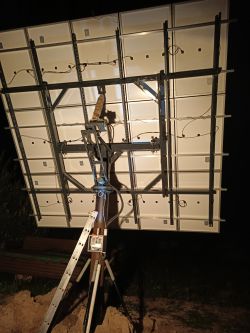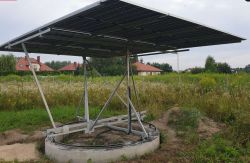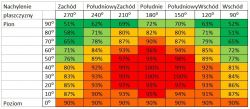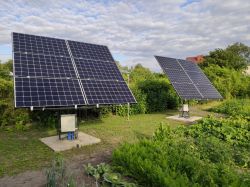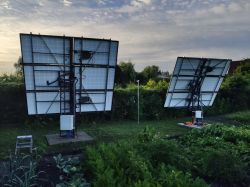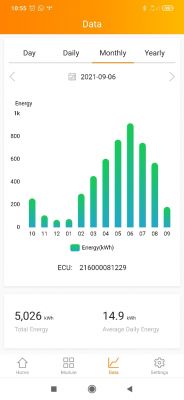Let me present my own constructions of my own performance.
I have presented them very briefly / roughly in another topic, not in this section, here they will probably be subject to professional evaluation / criticism.
Maybe they will inspire someone, help someone, building prototypes is really difficult, but users of the DIY Constructions section probably know that.
Two single axis trackers:
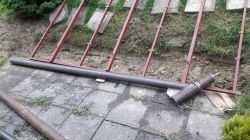
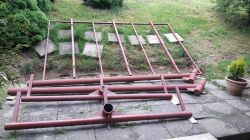
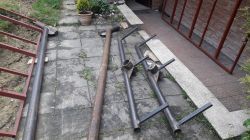
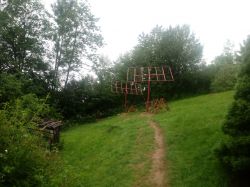
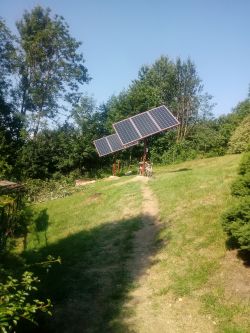
Two-axis tracker, trusses based on uniaxial:
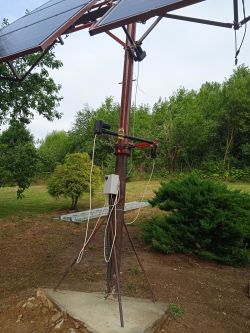
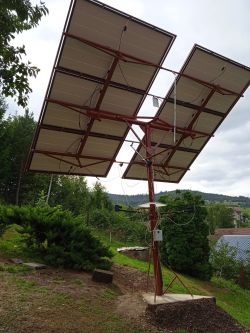
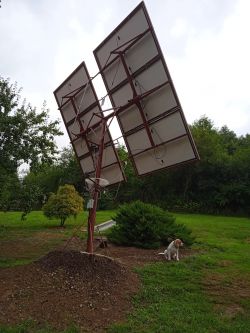
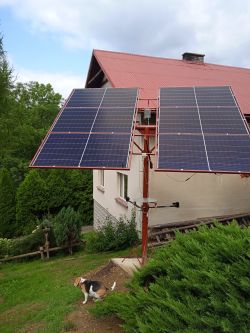
The structures use actuators as a drive.
The uniaxials have a tracking range of about 150 degrees, a constant angle of inclination of about 40 degrees and a total power of 2.4kW, at the beginning the 9-channel second controller gives 8 seconds after time intervals. impulses. In addition to the limit switches in the actuators, the system with two reed switches on the first tracker, the second one works synchronously.
The two-axis can track up to 200 degrees, the limit switches are set at about 170 degrees due to the terrain conditions, its power is 3.0 kW. The second 16-channel driver (for now), gives 6 sec. impulses. A unique system of two actuators rotates the load-bearing structure sequentially: first one works, after the work is finished the other. When polarity is reversed, reverse.
The second axis is moved by the third actuator via the sun tracking controller. At the top, the wind force sensor, which activates the third actuator, works until the pulses are flattened and the pulses are disconnected, to restore the functions, it must be done manually with the "work" button.
There is a box on the main pole, it has switches, but they are only for service.
Costs:
2020 - around 7,000 zloty.
2021 - considerable, around 9,000 + 5,000 inverter zloty
Does it all make sense? only thanks to the contribution of my own work.
I have orders locally, but there are other ideas in my head.
I have presented them very briefly / roughly in another topic, not in this section, here they will probably be subject to professional evaluation / criticism.
Maybe they will inspire someone, help someone, building prototypes is really difficult, but users of the DIY Constructions section probably know that.
Two single axis trackers:





Two-axis tracker, trusses based on uniaxial:




The structures use actuators as a drive.
The uniaxials have a tracking range of about 150 degrees, a constant angle of inclination of about 40 degrees and a total power of 2.4kW, at the beginning the 9-channel second controller gives 8 seconds after time intervals. impulses. In addition to the limit switches in the actuators, the system with two reed switches on the first tracker, the second one works synchronously.
The two-axis can track up to 200 degrees, the limit switches are set at about 170 degrees due to the terrain conditions, its power is 3.0 kW. The second 16-channel driver (for now), gives 6 sec. impulses. A unique system of two actuators rotates the load-bearing structure sequentially: first one works, after the work is finished the other. When polarity is reversed, reverse.
The second axis is moved by the third actuator via the sun tracking controller. At the top, the wind force sensor, which activates the third actuator, works until the pulses are flattened and the pulses are disconnected, to restore the functions, it must be done manually with the "work" button.
There is a box on the main pole, it has switches, but they are only for service.
Costs:
2020 - around 7,000 zloty.
2021 - considerable, around 9,000 + 5,000 inverter zloty
Does it all make sense? only thanks to the contribution of my own work.
I have orders locally, but there are other ideas in my head.
Cool? Ranking DIY






